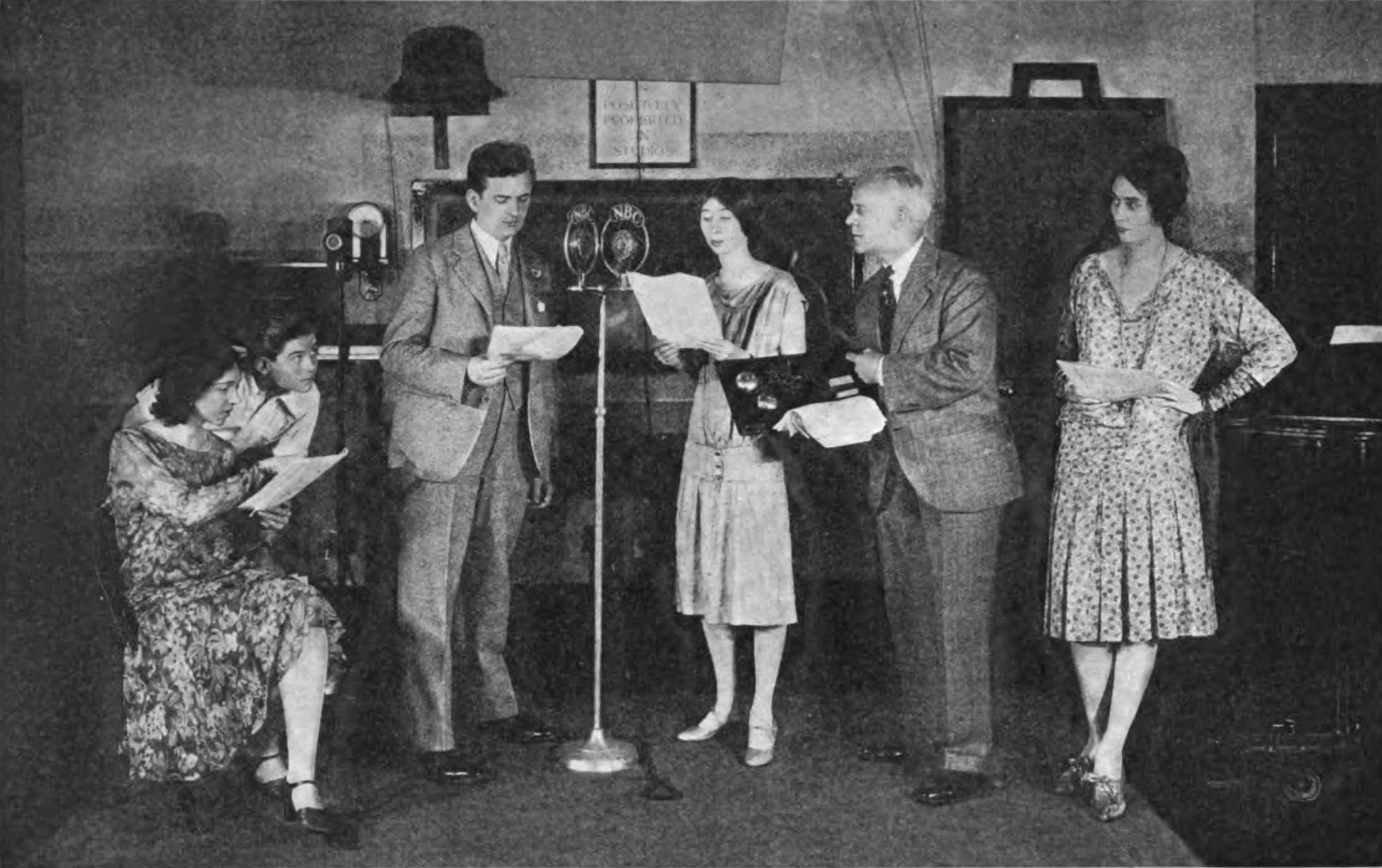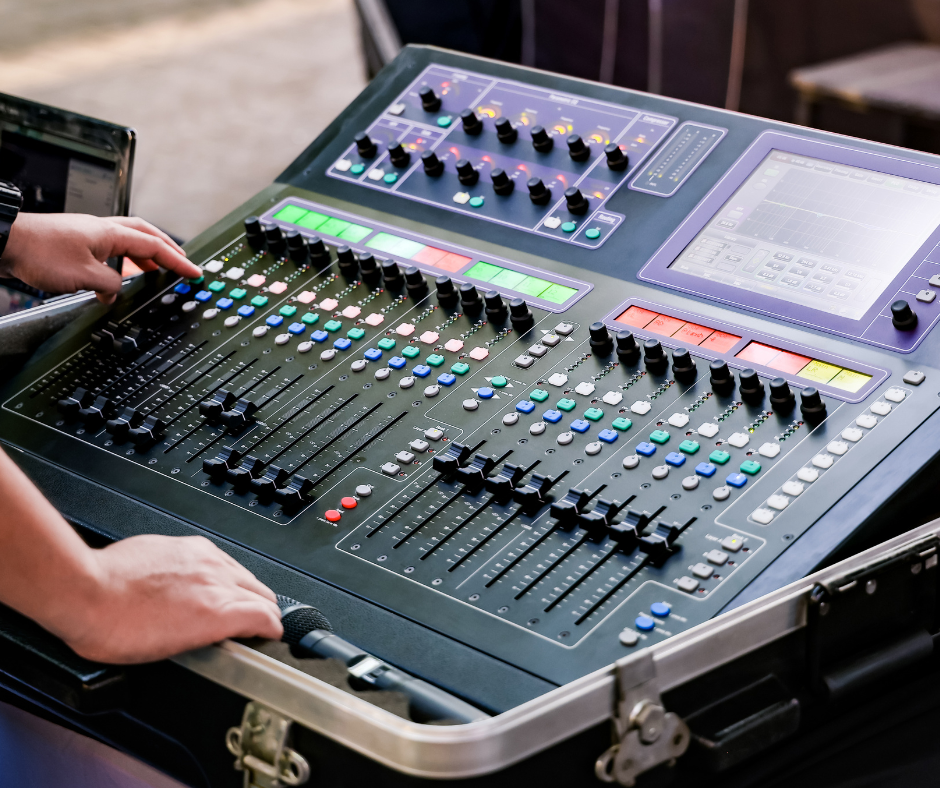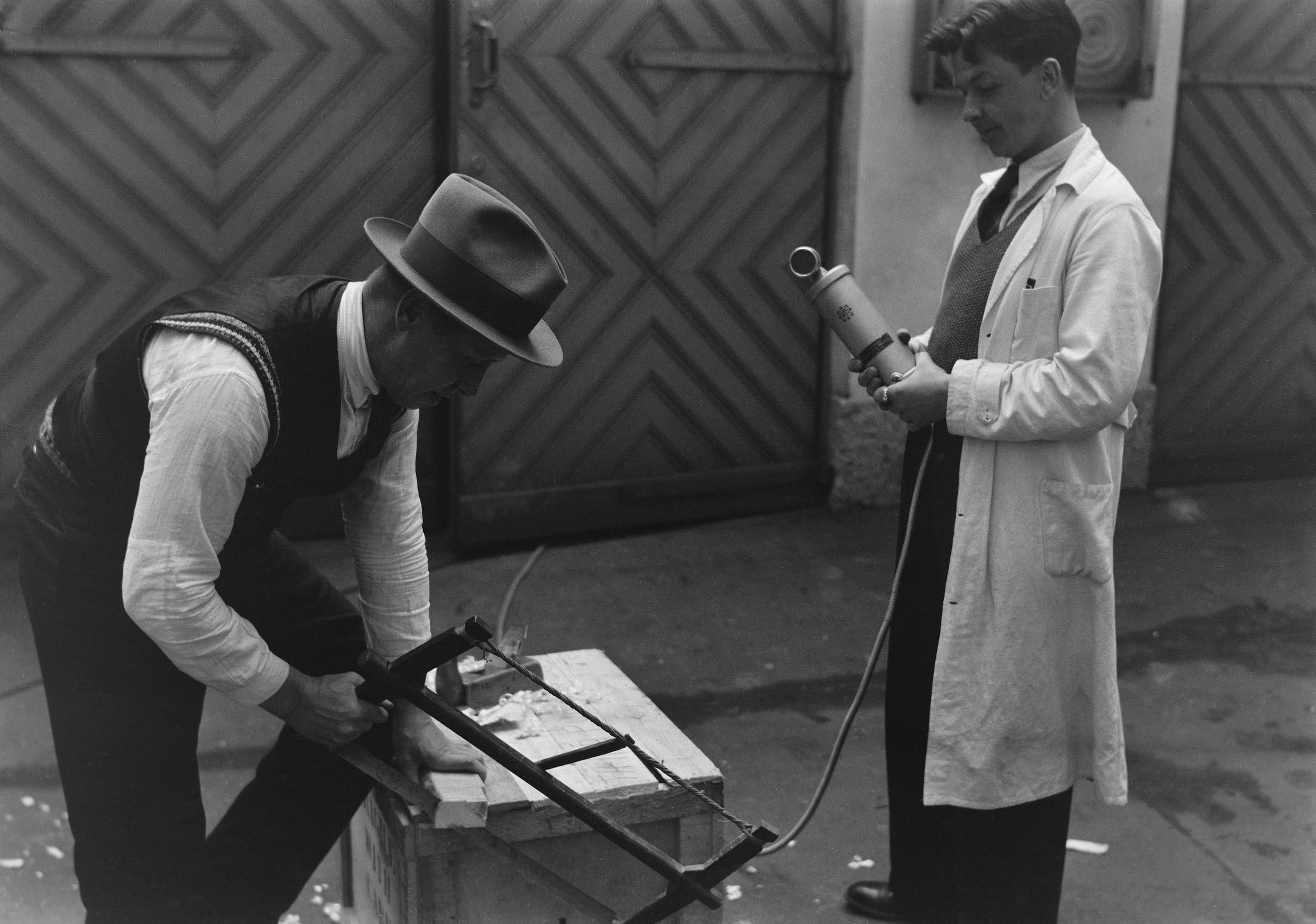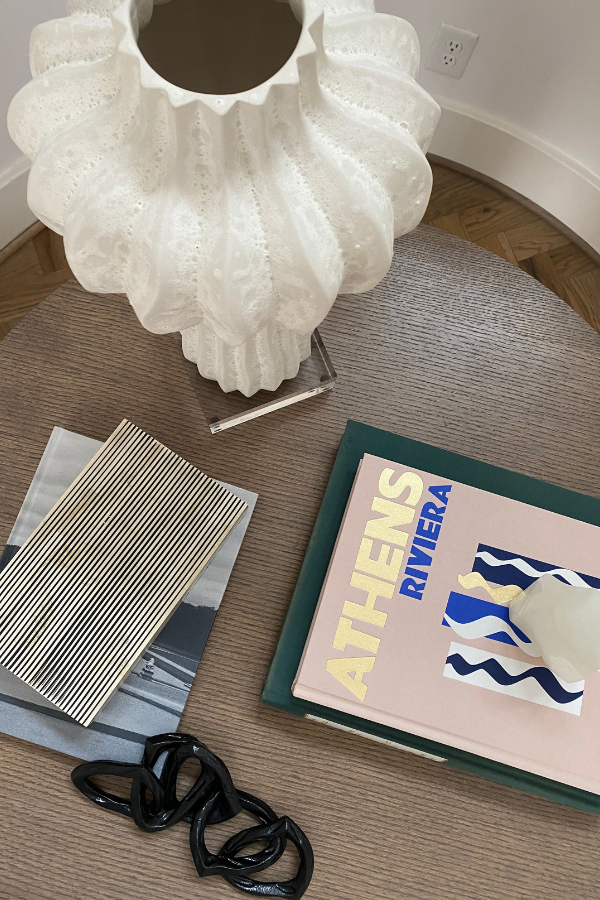
What Does a Foley Artist Do, and How Do You Become One?
Summary
Reflection Questions
Journal Prompt
At DesignDash, we love to write about creative jobs you’ve never heard of! From professional sleepers to foley artists, these jobs spark your creativity while bringing in a reliable paycheck. If you have ever watched a movie, you have experienced the work of a foley artist. Foley artists create those everyday sound effects that bring films to life (think the rustling of leaves, the clinking of glasses, the footsteps of a character). These sounds are rarely captured during filming. Instead, they are added later by Foley artists.
This job is far from just pressing buttons on a soundboard. Yes, foley artists create sounds, but the job demands creativity, precision, and a good ear. Imagine needing to figure out how to replicate the whip of a dragon’s wings (spoiler: no real dragons involved) or the gentle crunch of snow underfoot. That’s the everyday challenge for Foley artists: blending art with technical skill to fool audiences into believing what they hear is what was naturally there. So, if you have a flair for the dramatic and enjoy creative problem-solving, keep reading. You might become our next foley artist!
The Role of a Professional Foley Artist

So, what exactly is Foley art? It’s named after Jack Foley, a sound-effects wizard who worked in the early days of Hollywood. Back then, they couldn’t capture sound on set like we do now, so they had to add it in later. That’s where Foley stepped in. He would watch the film and simultaneously create sounds in a studio to match the action.
This became known as Foley art. The craft has since evolved but still holds true to its original purpose: adding realism and depth to what we see on screen. Today, even with all the technological advancements, the essence of Foley remains unchanged. It’s about using everyday objects in creative ways to produce believable sounds that make movies and TV shows feel real.
Here’s What Foley Artists Do Today
Foley artists watch scenes and perform live sound effects in sync with the action. Let’s say a character is walking through a forest; the Foley artist will actually walk on leaves or twigs in a studio to create that sound. It’s all about timing and precision. They use a mix of creativity and practical skills to turn ordinary objects into a symphony of sounds that match the visuals on screen.
Foley artists produce these sounds using a variety of props. They might walk on gravel, sand, or hardwood floors to mimic different types of footsteps or use different fabrics to recreate the sound of clothing. It’s a bit like being a detective, figuring out what makes just the right sound to match the action.
The Role of Foley in Enhancing the Realism of a Scene
Foley art is all about making you forget you’re watching a movie. The right sound at the right moment can make a scene feel incredibly real. Think about a tense scene where someone is sneaking around. The subtle sound of their footsteps, the slight creak of the floorboards—these are what build the suspense.
Foley artists play a crucial role in creating these immersive experiences. Their work often goes unnoticed because when it’s done well, it blends seamlessly with the visuals, making everything on screen feel more authentic and engaging.
A Day in the Life of a Foley Artist

A Foley artist’s day is centered around creating the right sound for each scene. They start by reviewing the footage they’ll be working on, identifying where sound is needed. The studio, filled with an array of props and materials, is their main workspace.
Here, they spend hours meticulously recording sounds to match on-screen actions. This could involve anything from walking on different surfaces to mimic footsteps, to manipulating objects to recreate specific sounds. Their work requires both creativity and a keen sense of timing. Breaks are brief and infrequent, as much of the day is spent in focused, repetitive sound production to ensure each effect is as realistic as possible.
The Process of Syncing Sounds with Visual Actions
Syncing sounds involves carefully watching the footage and performing the sound effects in real-time to match the on-screen action. Foley artists must have a precise sense of timing to ensure that the sounds they produce align seamlessly with the visual elements.
This often requires multiple takes and fine-tuning. The synchronization process is crucial; even a slight misalignment can disrupt the scene’s realism. Foley artists repeatedly review their work, adjusting the timing and quality of the sound effects to achieve a perfect match with the visual cues.
Collaboration with Other Post-Production Teams
Foley artists regularly collaborate with other post-production team members, such as editors and sound designers. After the Foley artists create and record the sounds, these sounds are handed over to the editing team, who integrate them into the final soundtrack.
The sound designers might adjust levels, add effects, or blend the Foley sounds with other audio elements to create a cohesive and immersive sound experience. This collaboration is vital for ensuring the audio and visual elements of the film or TV show work together harmonically, enhancing the overall storytelling.
Becoming a Foley Artist
Wondering what it takes to become a professional foley artist? If you love film and can’t wait to contribute, read on to learn which skills you must develop, which tools you will need access to, and how you can get your foot in the door.
Skills and Qualities of a Successful Foley Artist

Being a Foley artist isn’t just about being creative—it’s a skill set. Key among these skills is a sharp sense of timing. They need to sync sounds with precise moments on screen, so getting the timing down is crucial. Then there’s attention to detail.
Foley artists must capture the nuances of sound that make scenes believable, whether it’s the weight of footsteps or the subtlety of cloth movement. And, of course, creativity is at the core. They often have to think outside the box, using unconventional methods and materials to mimic everyday sounds.
Personal Qualities
Beyond technical skills, certain personal qualities set successful Foley artists apart. Patience is a big one. The work can be repetitive and requires a lot of trial and error. Persistence is another key trait. Not every attempt to create a sound is successful on the first try, so being able to keep at it is important.
Good communication is also essential. Foley artists need to understand the vision of the directors and sound designers and often collaborate with other members of the post-production team to make sure the sounds fit seamlessly into the overall project.
The Importance of a Keen Ear for Sound and Audio Detail
Having a keen ear for sound and audio detail is perhaps the most crucial quality for a Foley artist. This isn’t just about hearing well; it’s about understanding and interpreting sounds.
A Foley artist needs to be able to dissect a sound in their mind and figure out how to recreate it using different materials and techniques. They need to be able to distinguish subtle differences in sounds and know how to manipulate variables like pitch, tone, and resonance to make their created sounds feel real and alive in the context of the film or show.
How to Develop Your Ear if It Doesn’t Come Naturally
Developing your ear to distinguish subtle differences in sounds, even if it doesn’t come naturally, involves a combination of training, practice, and exposure to a wide range of sounds. Remember, the ability to distinguish subtle sound differences is like a muscle—the more you use and train it, the stronger and more acute it becomes. Here are some strategies to help develop this skill and improve your chances of becoming a successful foley artist.
Active Listening: This involves paying close attention to different sounds in your everyday environment. Try to identify and focus on individual sounds around you, like the hum of a refrigerator, the rustle of leaves, or distant traffic. The goal is to train your brain to isolate sounds in a complex auditory environment.
Sound Analysis Practice: Listen to various sound recordings and try to break them down. What makes a door creak sound eerie? Why does walking on gravel sound different from walking on sand? Analyze the pitch, volume, duration, and timbre of these sounds. There are also online platforms and apps designed for ear training that can be quite useful.
Learn an Instrument: Playing a musical instrument can greatly enhance your auditory skills. It teaches you about pitch, tone, and rhythm, and you develop a finer ear for musical nuances, which can translate to a better understanding of non-musical sounds.
Use Technology: Software like Audacity or GarageBand can help you manipulate and understand sounds better. Experiment with changing the pitch, speed, or adding effects to sounds and observe how these alterations change your perception of them.
Professional Courses: Consider taking courses in sound engineering, music theory, or Foley art. These courses often include ear training as part of their curriculum.
Meditation and Mindfulness: Practices that enhance concentration and focus can also improve your listening skills. Mindfulness exercises can help you become more aware of the subtleties in sounds.
Feedback and Collaboration: Share your sound work with others and get feedback. Collaborating with more experienced sound professionals or Foley artists can provide insights and tips on how to improve your auditory discernment.
Regular Practice: Like any skill, improving your auditory abilities takes regular practice. Dedicate time each day or week to focus on developing this skill.
Tools of the Trade

Foley artists rely on a unique set of tools to create those convincing sounds. First off, they need quality microphones that can capture every nuance of the sound they produce. These mics are often sensitive, picking up subtleties that regular mics might miss.
Then, there’s the studio itself, which is typically soundproof. This is crucial because external noises can ruin the precision of the sound effects. Inside these studios, you’ll find a world of props—everything from different types of shoes for footsteps to a plethora of objects like glass, metal, and fabrics used to create just the right sound effect for a given scene. It’s like a playground for sound creation, where everyday items become the stars of the show.
How Technology Has Impacted Foley Art
Technology has brought significant changes to Foley art, especially with the advent of digital sound libraries. These libraries are packed with pre-recorded sounds that can be used or manipulated as needed, offering a quicker alternative to manual sound creation. However, this doesn’t mean the art of Foley is becoming obsolete.
Quite the contrary, the manual, hands-on creation of sound effects still holds a special place because it can be tailored to match specific actions or scenes in a way digital sounds can’t always replicate. Moreover, using real objects often provides a more authentic and rich sound. Technology, in this case, acts more as a complement to traditional methods rather than a replacement, providing Foley artists with a broader range of options to achieve the perfect sound for any scene.
Getting Into the Industry
Breaking into the world of Foley art doesn’t require a specific degree, but a background in sound engineering, film production, or a related field can be a huge plus. These programs often cover the basics of sound, giving you a solid foundation.
More importantly, they can offer courses specifically in Foley or sound design, which dive into the nuances of creating and syncing sound effects. However, don’t sweat it if you’re not in a related program. Foley art is also about creativity and problem-solving, skills that can be honed in various disciplines. The key is to have a passion for sound and storytelling.
The Value of Hands-On Experience
In the Foley world, hands-on experience is king. It’s one thing to understand sound theory; it’s another to be able to create and sync sounds effectively. This is a craft that demands practical skills, which are best developed by doing.
Early in your career, any opportunity to work with sound—be it in school projects, local theater productions, or low-budget films—can be invaluable. These experiences not only hone your skills but also help you understand the workflow and collaboration involved in post-production.
Tips on Building a Portfolio and Gaining Experience
Building a portfolio is crucial. Start by creating your own Foley sound effects for existing video clips; this showcases your ability to match and enhance visuals with sound. Internships are another great way to gain experience and make industry connections. They can provide a real-world understanding of the industry and often lead to future job opportunities.
Don’t overlook independent projects, either. Working on indie films or online content can be a great way to show off your skills. Remember, each piece you work on is a potential addition to your portfolio and a step closer to your goal. Keep learning, experimenting, and reaching out for opportunities—your passion and dedication will eventually open doors.
Challenges and Rewards of Pursuing Foley Art as a Career

Life as a Foley artist comes with its fair share of challenges. One of the big ones is tight deadlines. Post-production schedules can be intense, and Foley artists often have to work quickly to deliver high-quality sound effects in a short time. This can mean long hours and some serious pressure. Then there’s the challenge of finding just the right sound.
Sometimes, the sound that a director wants isn’t straightforward. How do you create the sound of a mythical creature or an action that doesn’t exist in real life? Foley artists need to be part scientist, part artist to experiment with different materials and techniques to produce these unique sounds. It’s a process that requires creativity, patience, and a lot of trial and error.
Despite the challenges, being a Foley artist is incredibly rewarding. There’s a real sense of creative fulfillment. You’re essentially a sound wizard, using everyday objects to create an auditory landscape that brings films to life. When you nail that perfect sound and see it synced with the visuals, it’s immensely satisfying.
Then there’s the joy of contributing to the art of cinema. Foley artists play a crucial role in creating immersive and believable soundscapes that enhance the storytelling. Your work helps transport audiences into different worlds, and there’s something truly special about being part of that magic. Plus, there’s always the cool factor of being able to watch a movie and say, “I made that sound!”
What Does the Future of Foley Art Look Like?
The world of Foley art is definitely feeling the winds of change thanks to technology. Advanced software and digital sound libraries are now part of the Foley artist’s toolkit, making some aspects of the job faster and more efficient. For instance, sounds that are difficult to reproduce manually or are needed in a pinch can be sourced from digital libraries.
However, this doesn’t mean the craft is becoming less hands-on. Technology is more of an aid than a replacement, helping Foley artists to blend traditional techniques with digital advancements for a broader range of sound possibilities. Plus, with the rise of virtual reality and immersive experiences, there’s a growing demand for high-quality, realistic sound effects that often still require the human touch of a Foley artist.
Will AI Replace the Work of Human Foley Artists?
AI and machine learning are making waves in almost every field, and Foley art is no exception. AI systems can replicate and even create some sound effects. However, while AI can be a powerful tool, it’s unlikely to replace human Foley artists entirely. The reason is simple: Foley is an art that requires context, creativity, and a human touch—qualities that AI currently cannot fully replicate. Each film or show has its unique demands, and Foley artists bring a level of customization and emotional understanding to sound creation that AI can’t match.
The Continued Importance of Human Touch in Sound Production

Despite technological advancements, the human element in Foley art remains irreplaceable. The nuanced understanding of sound, the ability to interpret a scene’s emotional tone, and the creative process of using physical objects to generate sounds—these are aspects where the human touch is key.
Many foley artists add depth and realism to a scene, not just through the sounds they create but also through their understanding of how sound interacts with the visual elements and the story being told. This human aspect of sound production is what makes Foley art so unique and vital in creating a truly immersive and emotionally resonant experience for the audience.
Final Thoughts on Foley Art
So, there you have it: Foley artists are the often unsung heroes of film and television soundscapes. These skilled professionals breathe life into scenes with their meticulously crafted sound effects, elevating the realism and emotional impact of visual storytelling. Their work—a blend of artistry, technical skill, and a dash of make-believe mixed on foley stages—remains a vital component of cinematic magic.
If the idea of creating sounds that transport audiences into different worlds excites you, then a career in Foley effects might be your calling. Here, creativity meets precision, and every day brings a new challenge and a chance to leave your mark on the world of entertainment. If you’re ready to pick up that pair of shoes, that bag of gravel, or that rustling fabric, the world of Foley art awaits.
Who knows? The next sound you hear in your favorite movie might just be one you created. Here’s to all the aspiring foley artists!








